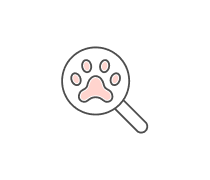Shoulder Joint Anatomy Quiz: Rotator Cuff
- AAMC
- NBME
- ACSM
- APTA
2.
You may optionally provide this to label your report, leaderboard, or certificate.
×
Thank you for your feedback!
















